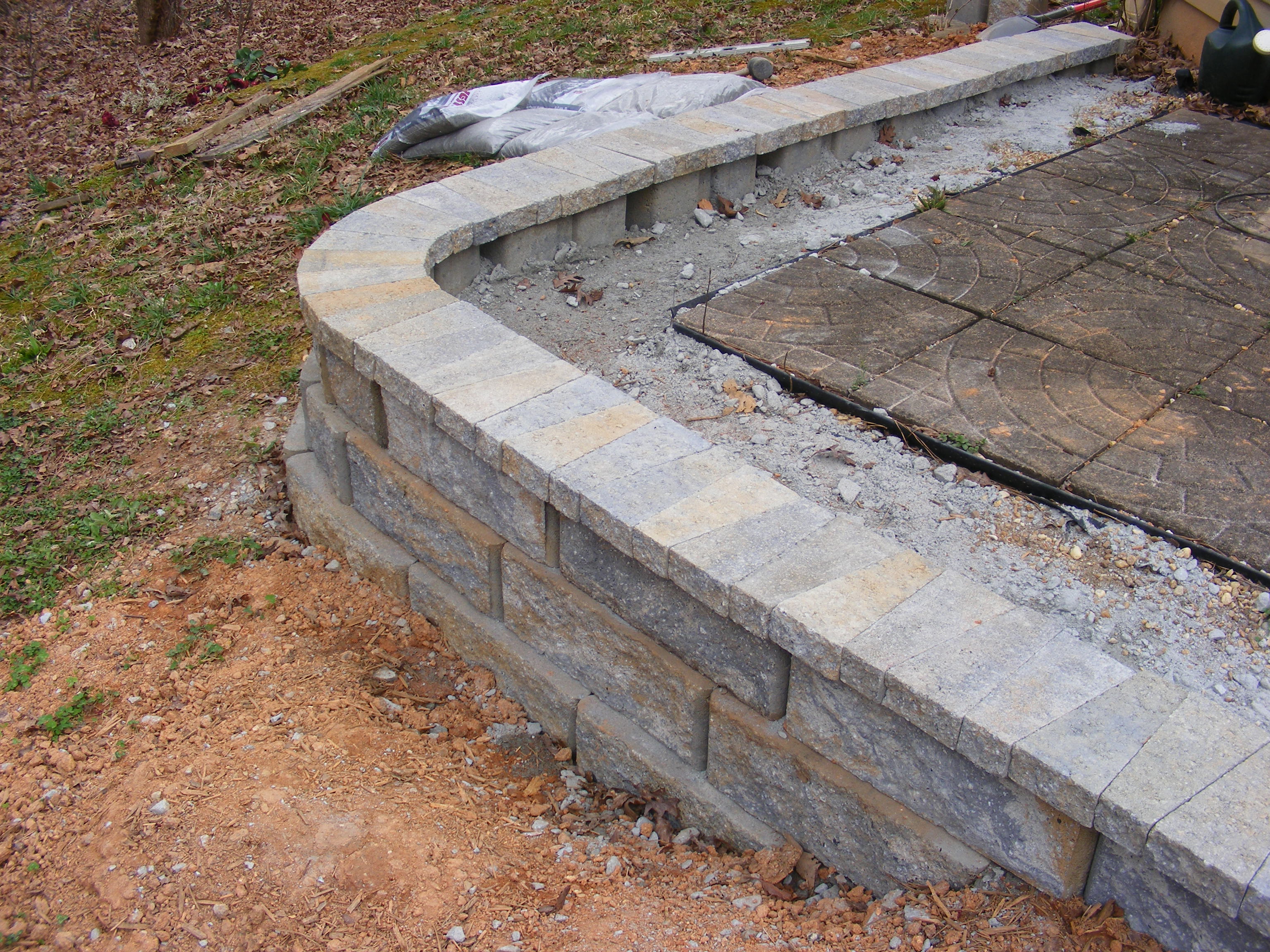
August 9, 2024
Repairing Preserving Wall Surfaces: Experienced Services And Ideas
Guide To Improve Concrete Keeping Wall Surface Water Drainage Stabilizing functionality and visual appeal creates an aesthetically pleasing and sensible keeping wall surface. Attaching the panels to the messages involves safeguarding wood planks horizontally throughout the blog posts. It's essential to utilize appropriate fasteners and make certain the panels are evenly spaced and safely attached. Proper installment of the panels adds to the wall surface's general toughness and appearance.Can I plant some dwarf trees on a retaining wall? Ask an expert - OregonLive
Can I plant some dwarf trees on a retaining wall? Ask an expert.

Posted: Sat, 31 Aug 2019 07:00:00 GMT [source]
Value Of Proper Drain In Preserving Walls: Avoiding Water Damage
Therefore, it is necessary to guarantee that the fill material permits ample water drainage while preserving wall surface adaptability to adapt to ground motions. In summary, the role of drain in retaining wall surfaces surpasses mere capability; it plays an important role in guaranteeing both visual and functional success. Whether managing water stress, soil disintegration, or design considerations, a well-designed water drainage system is an essential component of any type of keeping wall surface job. Appropriate water drainage is crucial for the durability and efficiency of retaining walls. In this short article, we will explore some remedies for preserving wall surfaces and drainage in Kelowna's wet and sloped settings. Preserving the right drain for concrete preserving wall surfaces is vital for their longevity and architectural strength.Mounting Completely Dry Wells
Properly graded yards successfully manage rainwater, minimizing the risk of water damages and keeping a healthy and balanced grass. Permeable soil allows water to percolate with, while impenetrable dirt can cause waterlogging and runoff. They aid take care of runoff by enabling water to leak slowly right into the ground, avoiding flooding and pooling. Low areas in your yard can come to be problematic during summer season tornados, as water tends to gather in these areas, leading to waterlogging and damages. Downspout extensions are basic yet effective options for directing rainwater far from your home's foundation.- Furthermore, they can also lead appropriate maintenance of the drainage system to avoid any potential issues in the future.
- Comparing costs and benefits helps identify the most effective technique for your project.
- Think about the overall financial investment, consisting of installment and recurring upkeep, to ensure the project stays within spending plan.
- Blending basic techniques with customized solutions for numerous scenarios encourages visitors to safeguard their walls from damage arising from poor water drainage.
- So, ensure to choose the right drain system for your preserving wall and focus on proper installment and maintenance for its total architectural honesty.
Drainage Style
Concrete retaining walls work as structural barriers, holding back dirt and avoiding erosion. Integral in landscaping, highway building, and residential jobs, these wall surfaces maintain landscapes' integrity, protect against landslides, and offer vital architectural security. To do so efficiently and without stress buildup, backfill product need to contain products that enable water to move while not creating pressure build-up in your retaining wall surface. In a landscape style project, incorporating water drainage solutions with aesthetic aspects was crucial. The job effectively balanced performance and beauty by using all-natural rock swales and attractive grates. Upon further evaluation, it ended up being clear that the mounting service provider fell short to take into consideration the reality that water draining pipes down the slope would certainly collect behind the wall. Although not deliberately, the wall surface was acting, essentially, like a dam, holding the water behind the wall-- not a normal function for a retaining wall. A second important error was the service provider elected to "cut an edge" and backfill behind the wall surface completely with topsoil instead of a permeable, free-draining gravel product. This drain stone that was omitted from the wall is an essential product required for success. The preserving wall surface is a system and it is just just as good as the sum of its parts. By not correctly resolving the draining pipes slope and making use of topsoil for backfill, the service provider secured the destiny of the stability of the wall surface. A well-executed drain system ends up being the linchpin in fortifying the structural integrity versus potential hazards. The main purpose of preserving wall surface drain is to ensure the long-term security and integrity of the wall surface. By managing water circulation, the water drainage system helps stop damage brought on by water seepage and soil erosion. This not only maintains the wall's structural honesty but likewise extends its life span, decreasing the requirement for pricey repairs or replacement. Hydrostatic pressure, generated by excess water in the dirt, poses a significant danger to keeping walls.Does a 4 foot preserving wall surface requirement drainage?
Any kind of strengthened wall or walls over 4 ft. (1.2 m) in elevation or with inclines or various Party Wall Surveyor Consultation Fees other additional charges over the wall surface will certainly need a toe drain. First, you can set up a perforated water drainage pipeline. This sort of pipeline is installed along the inside or backfilled at the bottom of the wall.

Social Links